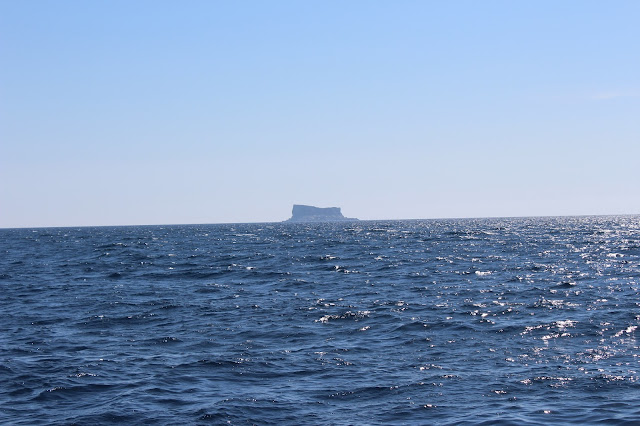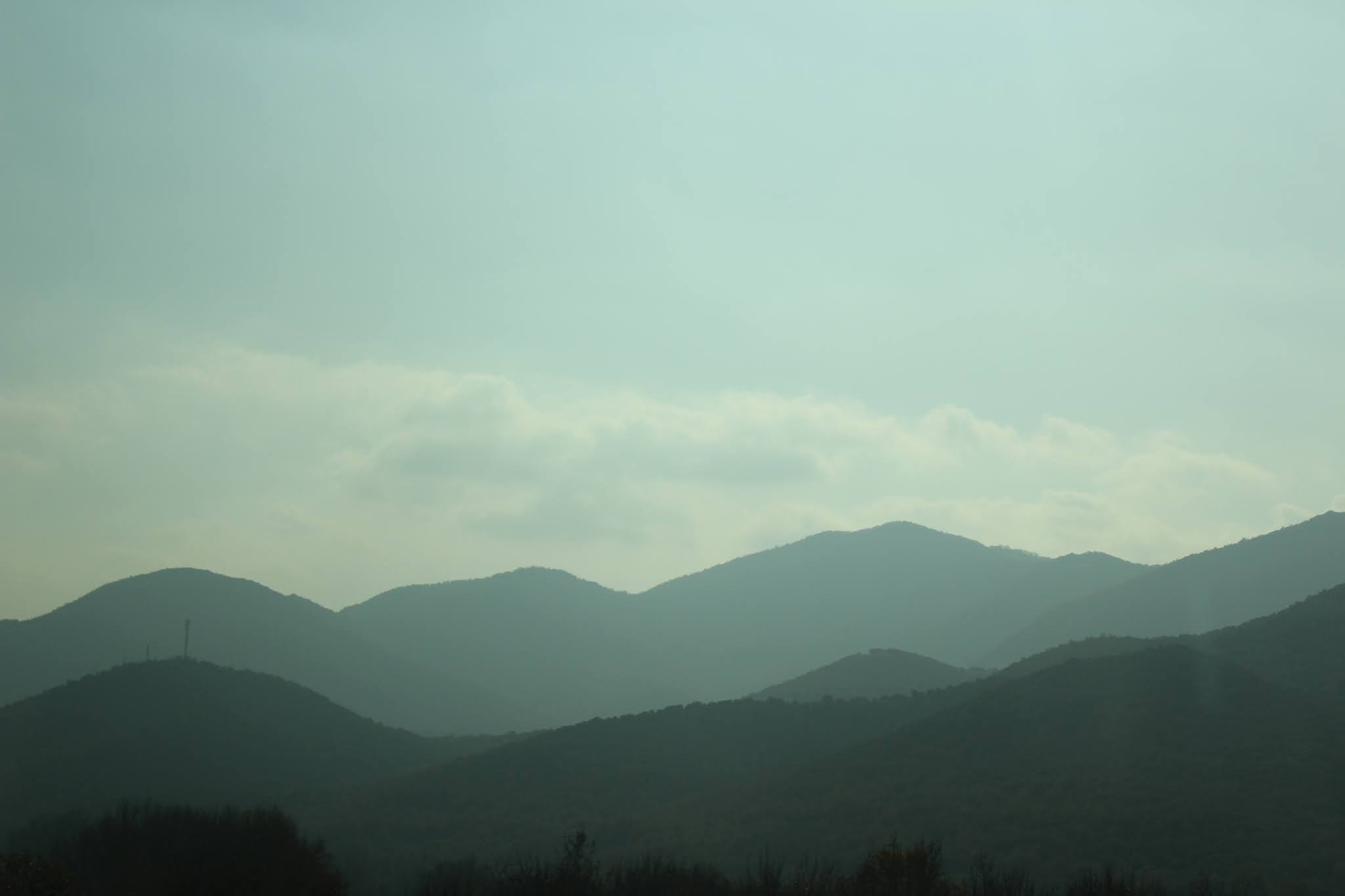Filfla island is the smallest of the Maltese archipelago of five islands. This small island stands in the open sea in front of the Blue Grotto caves attraction. You can see it 5 km away from the shores of Malta. If you like diving, this may be one of the best locations to do so. It is very possible to see large fish like tuna and barracuda around the island. The water is clean and clear as there is no human intervention. Divers rate it as beautiful.
History of Filfla island
Filfla island got created with the separation from the mainland. The name comes from the Arabic word filfel, which means chilly or pepper. In 1343 a local fisherman built a small chapel, and it was the only structure on Filfla Island. The chapel used to offer refuge to seamen during storms. Food and water were always there for those who will need it. At that time also wild rabbits inhabited the island and were used as food. In 1856 the island was hit by a strong earthquake, and half of the island went under the sea. The chapel as well.
Filfla island during WWII
The island was used by the Royal Navy and the Royal Air Force for some target practices. The bombing during WWII reduced its size and caused big damage to the wildlife. Even it changed the physical look of the island. Since 1980 Filfla island is a nature reserve, home to many plants and animals, protected by the law.
Can you visit Filfla island?
Tourists are not allowed, and you can only enter if it is approved by the Ministry of Environment. You can not even go fishing within a natural mile around the land. Sometimes they organize daily tours, where for a few hours people explore around it. But take a look at this offer about a tour around Filfla.
Why is Filfla island protected?
Filfla Island, located off the southwestern coast of Malta, is a protected area due to its ecological importance and the need to preserve its unique biodiversity. Here are some reasons why Filfla Island is protected in Malta:
- Ecological Diversity: Filfla is a small limestone island that supports a diverse range of plant and animal species, some of which are rare and endemic to the region.
- Breeding Grounds for Seabirds: The island serves as a crucial breeding and nesting site for several species of seabirds, including the European Storm Petrel and Cory’s Shearwater.
- Marine Life Conservation:The surrounding waters of Filfla are important for marine life, including various fish species. The protection of Filfla contributes to the conservation of the marine ecosystem in the area.
- Prevention of Disturbance: Filfla’s delicate ecosystem can be easily disturbed by human activities. By designating it as a protected area, authorities aim to minimize human impact and maintain the island’s ecological balance.
- Historical and Geological Value: Filfla has geological and historical significance. Its unique limestone formations provide insights into Malta’s geological history, and the island has been associated with myths and legends.
- Scientific Research: Protection allows for scientific research and monitoring of the island’s ecosystem, contributing valuable information to the understanding of biodiversity and conservation efforts.
What animals live on Filfla?
Filfla Island, being a small and rocky island, is home to various seabirds and marine life. Some of the notable animals that live or visit Filfla include:
- Cory’s Shearwater: Filfla is an important breeding ground for Cory’s Shearwater, a seabird species.
- European Storm Petrel: Another seabird species that nests on Filfla.
- Fish Species: The surrounding waters of Filfla support various fish species, contributing to the overall marine biodiversity.
- Cephalopods: Squid and other cephalopods are often found in the waters around the island. Reptiles:
- Lizards and other reptiles may inhabit the rocky surfaces of the island.
Discover more on Travel Story Post. We recommend:



